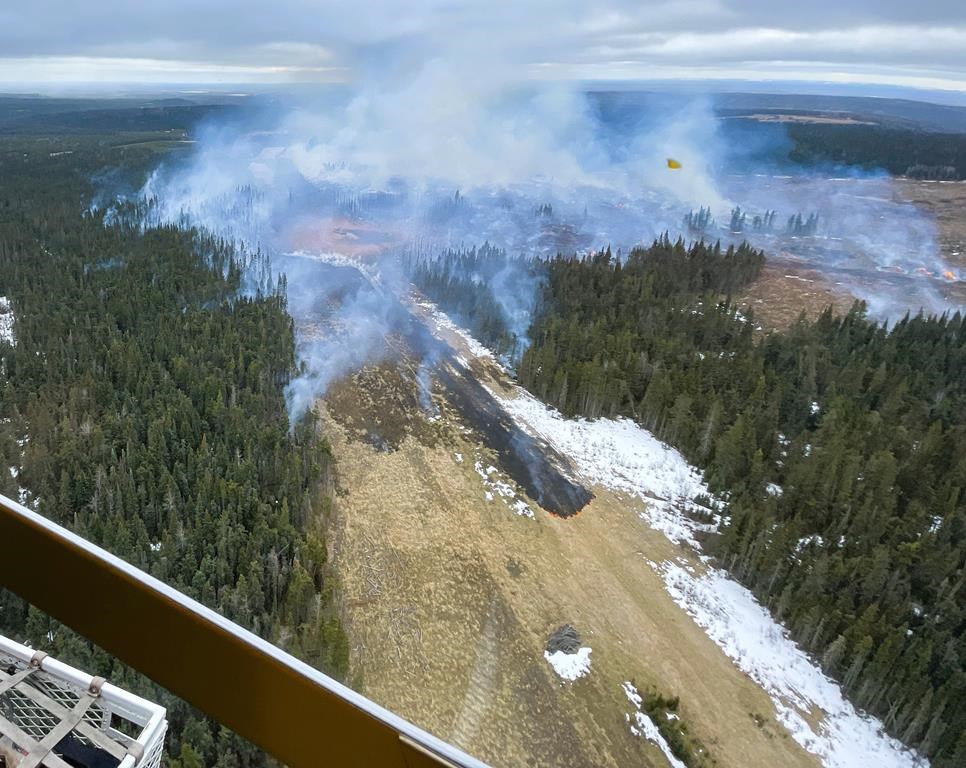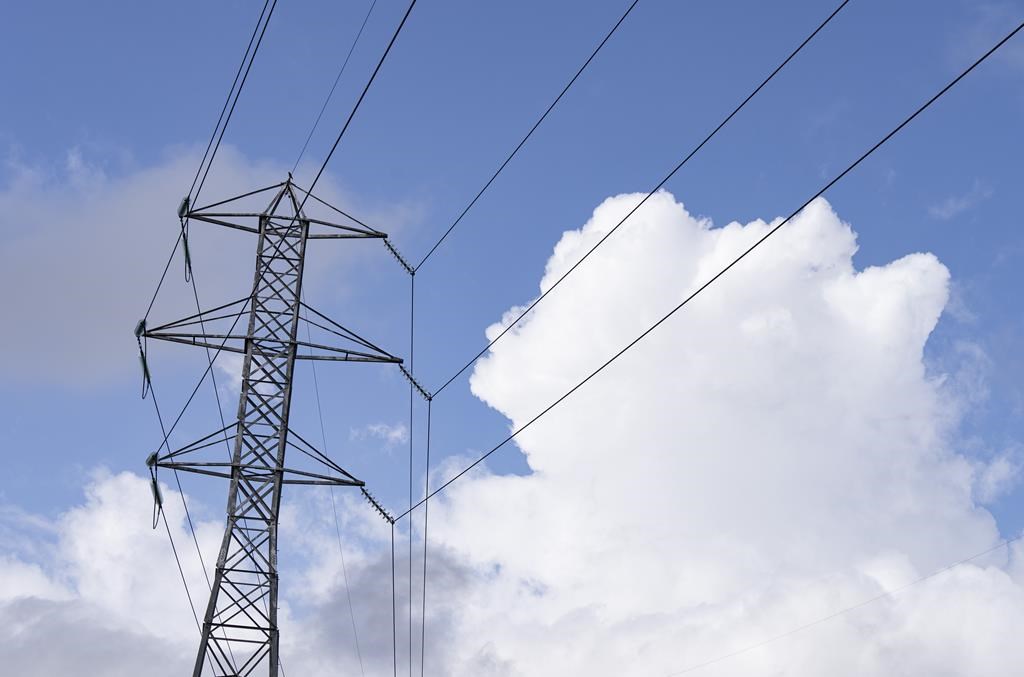Ford extends stay-at-home order 2 more weeks, gives police further powers in COVID clampdown
Posted April 16, 2021 4:27 pm.
Last Updated April 16, 2021 9:26 pm.
Ontario is extending the stay-at-home order for two additional weeks, bringing it to six weeks total, expanding police powers, and halting non-essential interprovincial border crossings with Manitoba and Quebec, Premier Doug Ford announced on Friday.
Under the new rules police will be able to stop you in the street, or in your car, and question where you’re going.
“Moving forward, police will have the authority to require any individual who is not in a place of residence to first provide their purpose for not being home, and provide their home address,” explained Ontario Solicitor General, Sylvia Jones.
“Police will also have the authority to stop a vehicle to inquire about an individual’s reason for leaving their residence.”
The enhanced powers will remain in place for the duration of the stay-at-home order, Jones said.
Under the new rules, outdoor gatherings will be restricted to only people within your household. People who live alone can join one other household.
“We are losing the battle between the variants and the vaccines,” Ford said when announcing the new restrictions, effective immediately. “We are on our heels.”
More restrictions announced include:
- All non-essential construction closed
- Outdoor recreation amenities closed, including basketball courts and golf courses
- 25 per cent capacity at big box retail
- 10 people limit indoors at places of worship
Ford also urged the federal government to clamp down on international travel.
“Every week over 36,000 people from all over the world come through Pearson airport,” he said. “The variants that are causing this inferno got in through our borders.”
Troubling new modelling numbers
Earlier Friday new modelling by Ontario’s science advisors said it would take a six-week stay-at-home order and vaccinations at a consistent rate of at least 100,000 per day to flatten the curve.
“Our progress is both frustrating and frightening,” Dr. Adalsteinn Brown, co-chair of Ontario’s science advisory panel, said grimly.
In the worst case scenario with “weak” public health measures, the province could reach over 30,000 daily COVID-19 cases by June. In the best case scenario with strong public health measures and 100,000 vaccines a day, Ontario will peak at 7,500 COVID-19 cases a day by the end of April before dropping to 2,500 by the beginning of May.
The modelling data suggests without stronger “system-level” measures and “immediate support” for essential workers and high-risk neighbourhoods, high case counts will persist into the summer.
In a statement later Friday, Premier Ford’s office blamed a lack of vaccine supply for the grim outlook and the need for further restrictions.
“As you would have seen in today’s modelling, if Ontario had the supply to ramp up to at least 300,000 vaccinations a day, it would have a significant impact on our ability to get a handle on this third wave,” Ford’s office said.
“Unfortunately, we know in the short term we are not expecting to get the supply we require to do so. That’s why, today, Premier Ford (unveiled) additional restrictions to help reduce mobility and slow the spread of COVID-19.”
“We see this modelling as a reminder of just how important vaccines are in this fight. If there is anything the federal government can do to help us get more supply sooner, now is the time to do it.”
RELATED: 6-week stay-at-home order, 100K vaccinations per day needed to flatten curve: modelling
The urging for a steady vaccination rate came on the same day that the federal government announced that a shipment of Moderna vaccines expected next week has been cut nearly in half from 1.2 million to 650,000 doses.
“The supplier has also indicated that 1 to 2 million doses of the 12.3 million doses scheduled for delivery in the second quarter may be delayed until the third quarter,” Minister of Procurement Anita Anand added in a statement Friday.
Moderna blamed slower than anticipated production capacity for the shortfall.
Later Friday, Prime Minister Justin Trudeau said Canada has purchased an additional eight million doses of the Pfizer-BioNTech COVID-19 vaccine that will be delivered in May, June and July, said Friday.
The country will receive four million doses in May, two million in June, and another two million in July.
The first shipment of Johnson and Johnson one-shot COVID-19 vaccine will be coming on April 27. The 300,000 doses will be distributed the first week of May.
RELATED: Canada purchases 8M more Pfizer doses as Moderna vaccine shipment cut nearly in half
Trudeau also said the federal government will deploy the Canadian Red Cross to help Ontario with their mobile vaccination teams — a gesture that appeared to be rejected by Ontario Premier Doug Ford.
“While we appreciate the Prime Minister’s offer unless it is matched with an increase in supply, we do not need the Red Cross at this time for the administration of vaccines in Ontario,” said Doug Ford’s office in a statement.
Trudeau said the federal government would also send health-care equipment, including oxygen units and drugs to treat COVID to hospitals and long-term care home.
Daily case counts reach new record highs
Ontario set a new single-day high in COVID-19 cases on Friday for the second day in a row, as the province continues to struggle with bringing the third wave of the pandemic under control.
Health officials reported 4,812 new infections, surpassing Thursday’s record of 4,736 cases.
Another 25 people have died in the province as a result of the virus, raising the death toll to 7,664.








